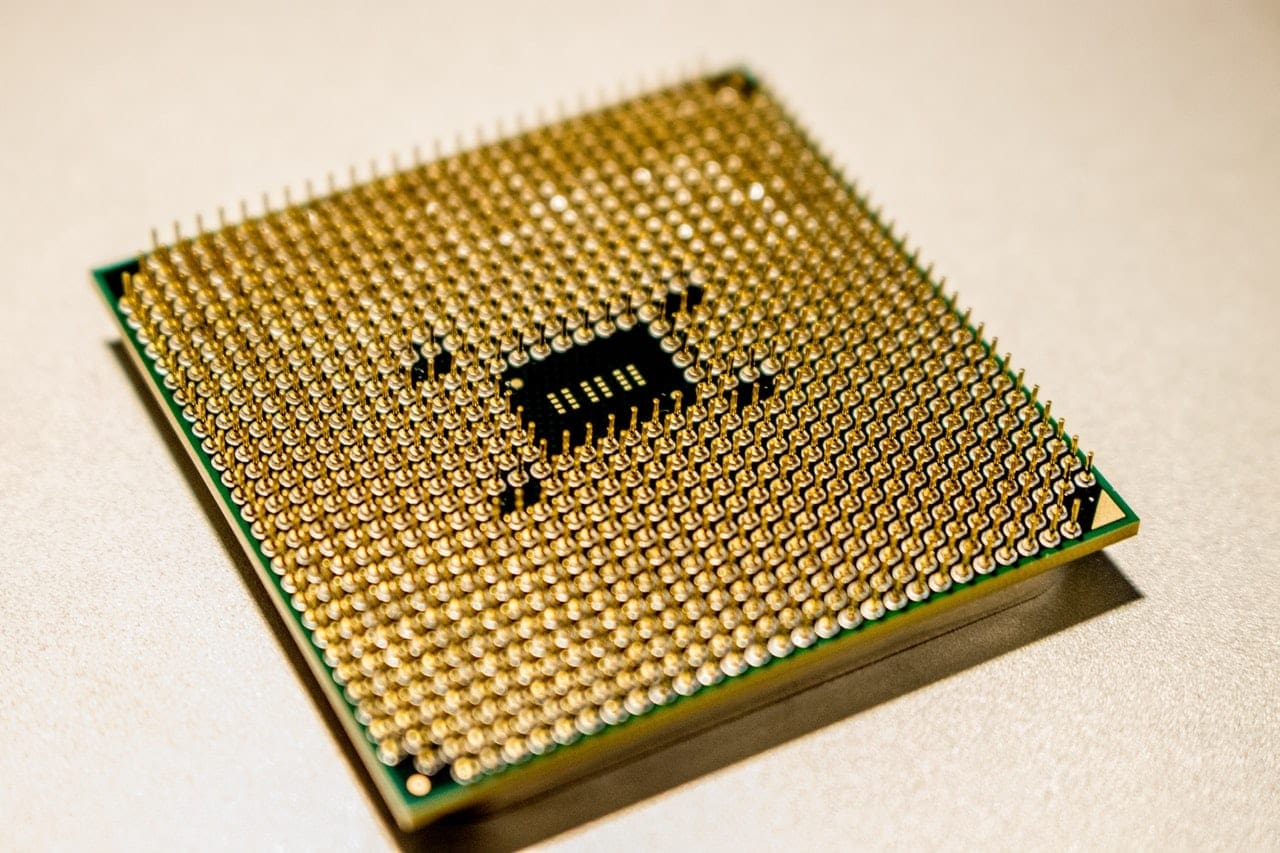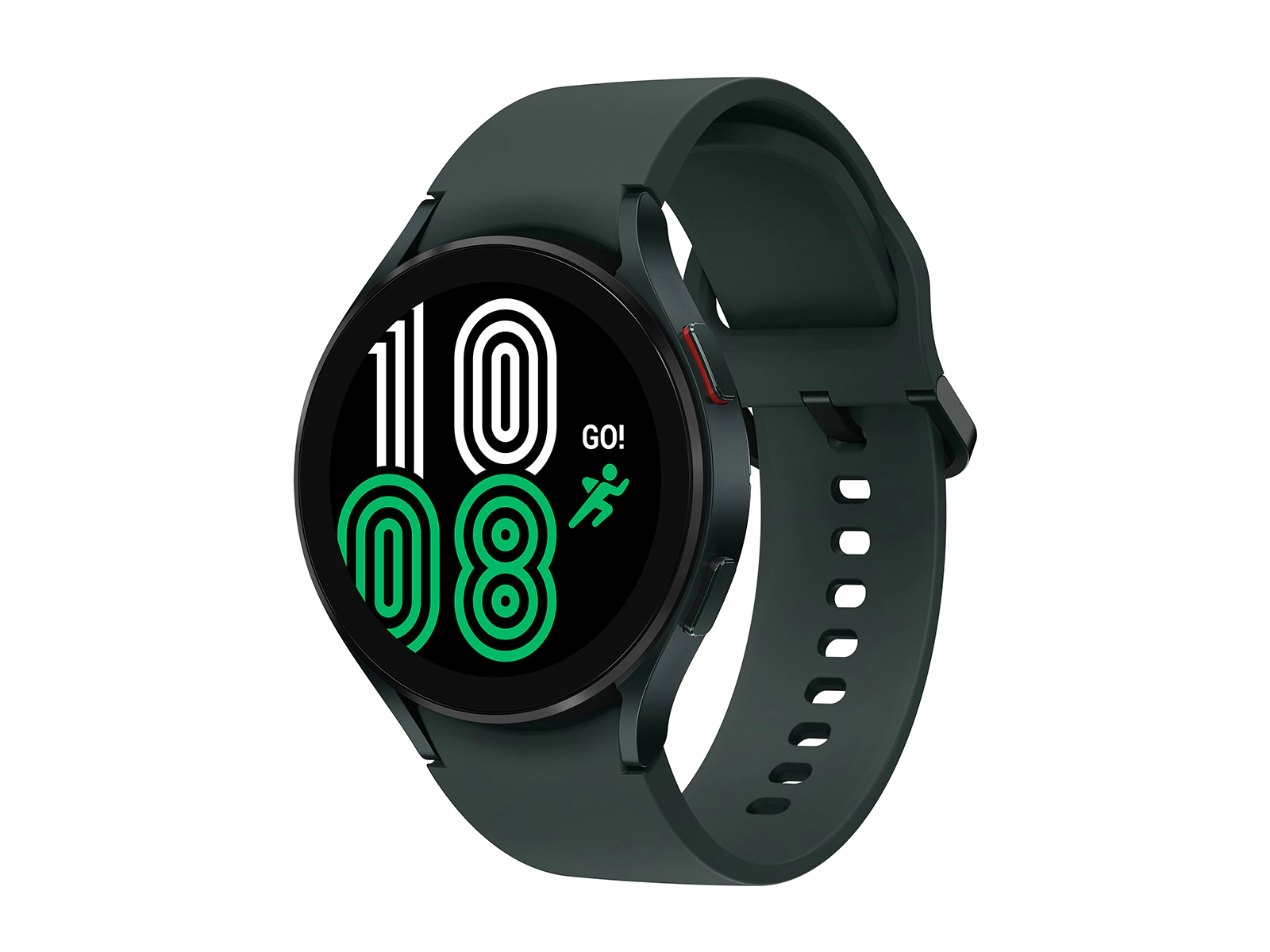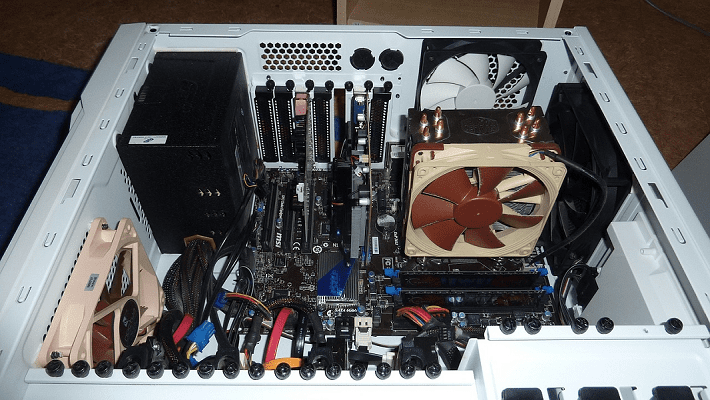Supports are a regular – if often hated – part of 3D printing. They cost material to print, increase the overall print time, and then cost time and effort to remove once the print is complete. To try to minimize all of these, support structures are generally minimized as much as possible. Still, when taken too far, this can lead to the supports collapsing.
Troubleshooting Tips for Collapsing Supports
If your supports are collapsing, one of the first things you should try to fix is changing the shape of the support structure you use. Most slicing software allows you to generate support structures automatically. Unfortunately, these tend to default to lines or zigzags. These support patterns are popular because they’re lightweight and easy to remove. However, this comes at the cost of them not offering great support. Triangles and grids offer more support. But use more filament and can be harder to remove from the print cleanly.
If your supports reach all the way down to the print bed, you should be aware that the contact area has a significant effect on its likelihood to stick. And stay in place rather than collapse, especially when using flimsy support structures. Therefore, it can be good to design them a brim or float to increase the print bed contact area and ensure the best chance for solid structural integrity.
Other Options
If nothing else is working, you may have to increase support density. This decreases the gaps between support structures, using more material to provide greater structural integrity and rigidity. Unfortunately, this obviously comes at the cost of increased material usage and increases the amount of post-processing work required.
See if you can adjust the design to create in model supports or eliminate support. For example, overly long supports are much more likely to flex and break. By strategically splitting prints into multiple parts, you can reduce the size. Or potentially even eliminate the need for supports. Similarly, by changing arches and overhangs to have a chamfered design, you can again remove support requirements.
Tip: A chamfered design uses a teardrop shape where the top angles are 45° from the vertical and thus follow the 45° rule for printable overhangs.
The quality of filament degrades over time, even if it is stored in a dry environment. So if your crumbling support structures are made from a particularly old filament, you might want to try a newer filament spool to see if it works better.
Hopefully, reading this guide has given you several tips and pointers for things you can do to help shore up your supports. If you’ve got any other tips for strengthening your supports, we’d love to hear them down below.




